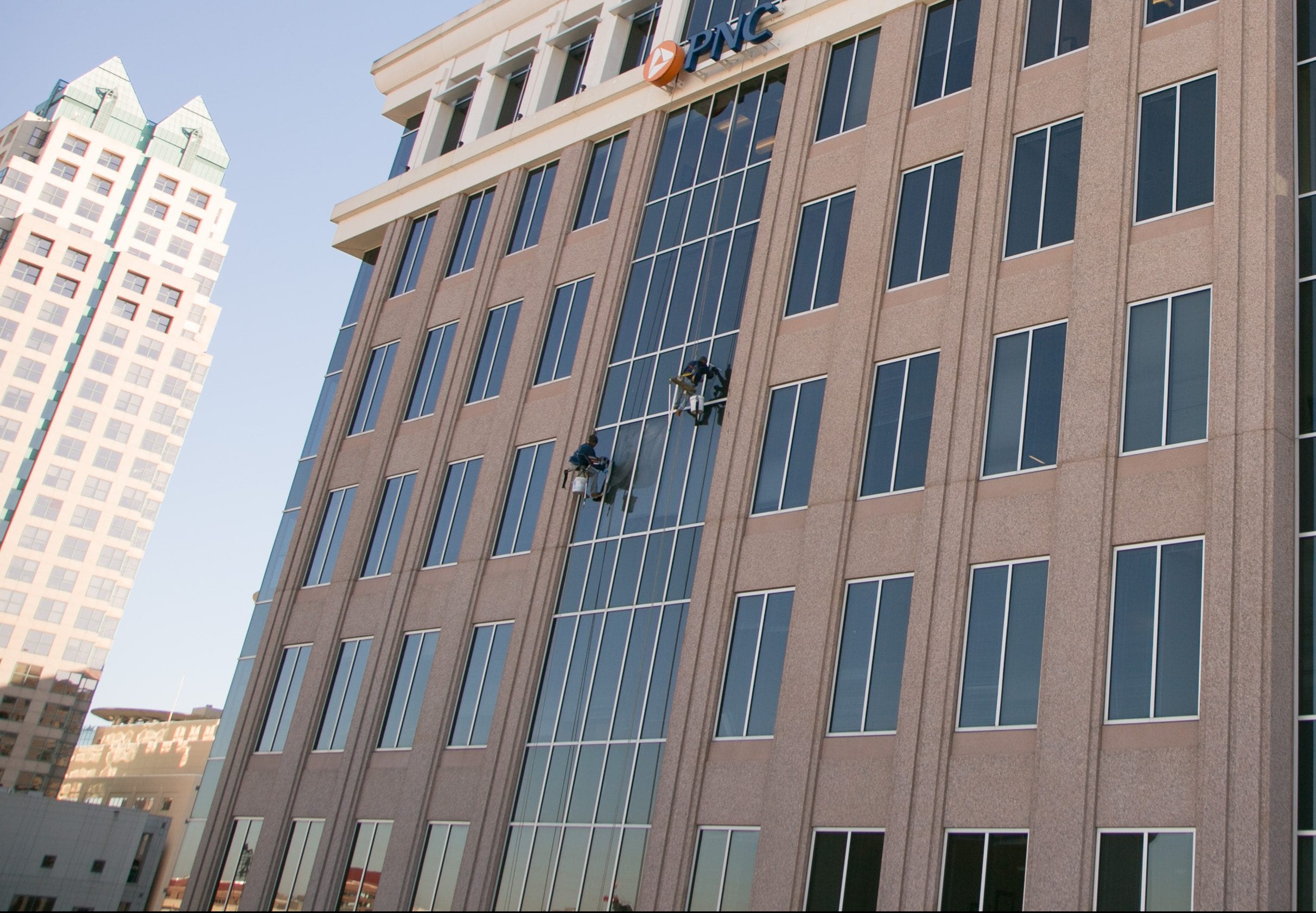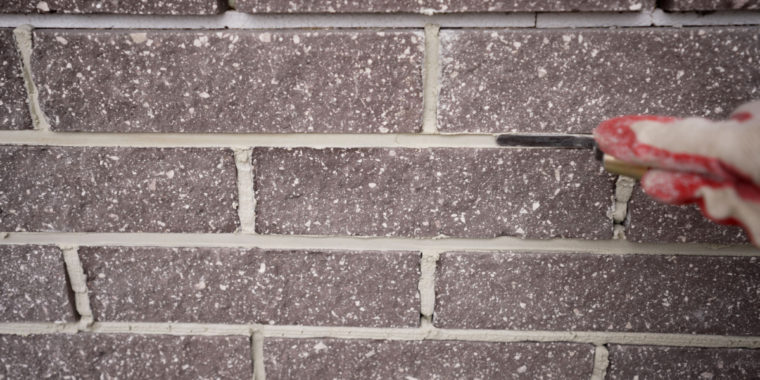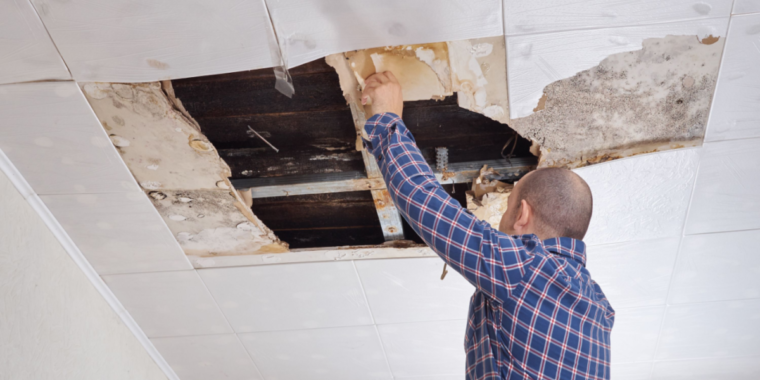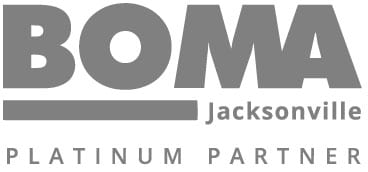Choosing the right building service provider is paramount for property managers and building owners. The stakes are high, as a poor selection can lead to inadequate maintenance, increased liability, and even property devaluation. Making an informed decision means considering expertise, safety standards, and customer feedback.
This comprehensive guide will assist you in navigating through the selection process, ensuring you partner with a service provider who aligns with your property’s specific needs and maintains its value and integrity.
Consequences of Poor Selection: Liability and Cost Implications
With so much on the line, the consequences of choosing a substandard service provider can lead to significant liability claims, fines, and costly repairs.
- Premises Liability Claims: This type of claim arises when injuries occur due to a dangerous condition on another person’s property. To establish a premises liability claim, it’s typically necessary to prove three key elements: a dangerous condition existed on the property, the property owner was negligent in creating or not addressing this condition, and this negligence directly resulted in injury or property damage. Building service providers who lack experience, perform low-quality work, or use cheap materials put building owners at greater risk of falling victim to this type of claim.
- Lost Time Managing Subpar Vendors: Hiring subpar vendors often results in poor communication, lack of follow-through and response time, and rework. Spending time constantly following up with vendors or even chasing down an unresponsive vendor wastes your time. In the long run, you will likely need to find another provider to do the job correctly.
- Costly Repairs: When vendors fail to make repairs correctly the first time or to perform preventative maintenance, it will lead to expensive repairs. For instance, the cost of correcting someone else’s mistake will most certainly cost more than the original quote. Ignoring preventative maintenance can cause issues to go unnoticed and fester into larger problems.
- Lower Property Value: Structural integrity, curb appeal, and safety are critical to your property’s value. Unlike factors such as the economy and interest rates, maintaining your property is within your control. One way or another, your choice of building service provider directly impacts the value of your property.
Selecting a reliable and competent service provider is crucial for efficient property management, property value, and avoiding repeated interventions, hassles, and expenses.
Selecting the Right Building Service Provider
The ideal building service provider should not only fit within your budget but also possess the capabilities to meet your property’s unique demands. Make it a priority to choose a building service provider who aligns well with your objectives and ensures that your property is maintained effectively, enhancing its value and appeal. This decision is about more than just immediate service needs; it’s about forming a partnership that supports your property’s ongoing success and sustainability.
1. Evaluate for Expertise and Experience
Evaluating a building service provider’s expertise and experience is a crucial step. You can achieve this by exploring several avenues, such as online reviews, the provider’s website, and direct inquiries.
- Online Reviews and Ratings: Check online platforms like Google, Yelp, or industry-specific sites for reviews and ratings. These can provide insights into the provider’s performance and customer satisfaction levels.
- Provider’s Website: Visit their official website to explore case studies, project portfolios, and testimonials. This information often reflects their experience and areas of specialization.
- Professional Networks: Contact your network of property owners and managers for recommendations and firsthand experiences with various providers.
- Industry Forums and Online Communities: Engage in forums or platforms where property management professionals discuss and share experiences with different service providers.
- Direct Inquiry: Contact the provider directly and request detailed information about their past projects, years in business, and client references.
These methods can collectively provide a comprehensive understanding of a provider’s expertise and reliability in the field.
2. Assess the Provider’s Service Offerings
When selecting a building service provider, it’s vital to ensure they offer a comprehensive range of services that cater to the diverse needs of your buildings. This adaptability is crucial for addressing unique maintenance requirements effectively.
- Wide Range of Services: A proficient provider should offer various services, such as window cleaning, waterproofing, and concrete and leak repair. This flexibility includes customizing maintenance plans, adjusting service schedules, and being able to handle unforeseen issues promptly.
- Specialized Solutions: Providers should have tailored solutions catering to these building types, showcasing their understanding and expertise in various fields.
- Resource Availability: Examine the provider’s resources, including their workforce, equipment, and technological capabilities. These resources should align with the scale and complexity of your building’s maintenance needs.
- Commitment to Preventative Maintenance: A focus on proactive strategies to mitigate wear and tear is essential. This approach helps maintain the building’s aesthetics and structural integrity, prolonging its lifespan.
A building service provider’s ability to offer wide-ranging, specialized, and flexible services, supported by adequate resources and a preventative approach, is crucial in selecting the right partner for your building’s maintenance needs.
3. Ensure Safety Standards and Compliance
Prioritizing safety in building maintenance is non-negotiable. Ensure the provider adheres to industry-standard safety protocols and requires OSHA-required certifications & inspections when suspending from your roof anchorages. A commitment to ongoing employee training and safety education is vital.
This commitment to safety protects workers and ensures the integrity and security of your property.
- OSHA Certifications: Confirm that the provider has relevant safety training certifications from the Occupational Safety and Health Administration (OSHA) and other industry associations, like OSHA 10 or OSHA 30 training. These certifications are indicators of a provider’s dedication to maintaining high safety standards in their operations.
- Standards & Regulations: Question your provider’s knowledge of compliance with various regulatory bodies. This knowledge demonstrates their commitment to following legal safety requirements and industry best practices.
- Ongoing Training and Education: Evaluate the provider’s commitment to continuous employee training and safety education. Regular training ensures that the workforce is up-to-date with the latest safety protocols and techniques, minimizing risks and enhancing the quality of service.
A safety-minded building service provider adheres to regulatory compliance and fosters a safe working environment, safeguarding the workforce, tenants, and property.
4. Review Risk Mitigation Capabilities
Assessing risk mitigation capabilities involves examining whether the provider is sufficiently equipped to manage and minimize potential risks associated with building maintenance, repairs, and emergencies. Such capabilities are pivotal in ensuring the provider can support your property effectively, not just under normal circumstances but also in unexpected situations that may arise.
- Licensed, Bonded, and Insured: A building service provider that is licensed, bonded, and insured offers legal credibility, financial protection against potential job failures or damages, and insurance coverage for accidents or liabilities.
- Proactive Business Continuity Approach: The ideal provider will have well-developed business continuity and emergency preparedness plans. For example, evaluating the work site for hazards before starting a job, planning active job-site hours when it’s best for the safety of your property and its tenants, properly blocking off the job site area, and having emergency rescue plans when using suspended access equipment.
- Emergency Preparedness: A provider with robust emergency response protocols, such as emergency leak repair, ensures that your property receives prompt and effective service during critical situations, minimizing potential damage and downtime.
A building service provider who prioritizes risk mitigation understands the impacts on your tenants and property when things don’t go as planned. A provider who has this mindset ensures prompt building repairs and takes measures to prevent future problems.
5. Making Your Selection
After narrowing down your choices based on expertise, service offerings, safety standards, and risk mitigation, it’s time to make the final selection. This crucial step involves a detailed evaluation of how each candidate aligns with your needs and goals.
- Request and Compare Proposals: Review detailed proposals from your shortlisted providers. Assess how each proposal addresses your requirements, including service scope, timelines, and cost.
- Site Visits and Meetings: Arrange site visits or meetings with potential providers. Observe their professionalism and ask in-depth questions about their approach to your project.
- Final Evaluation: Consider all the information gathered, including feedback from references. Evaluate each provider’s ability to deliver quality services within your budget.
Choose the provider who best fits your criteria and demonstrates the capability to maintain and enhance your property effectively. Remember, the right provider is not just a contractor but a partner in maintaining your property’s value and functionality.
A1’s Expertise in Building Services
At A1, we pride ourselves on offering an extensive range of specialized building services. Our expertise encompasses waterproofing, window cleaning, facade repair and restoration, rapid leak repair, comprehensive safety system installations, and anchor inspections & certifications. We are committed to delivering high-quality services tailored to meet the unique needs of each building.
Our team, equipped with industry-leading knowledge and tools, ensures every project upholds the highest standards of safety and excellence. Contact A1 today and partner with a team dedicated to preserving and enhancing the value and functionality of your property.










